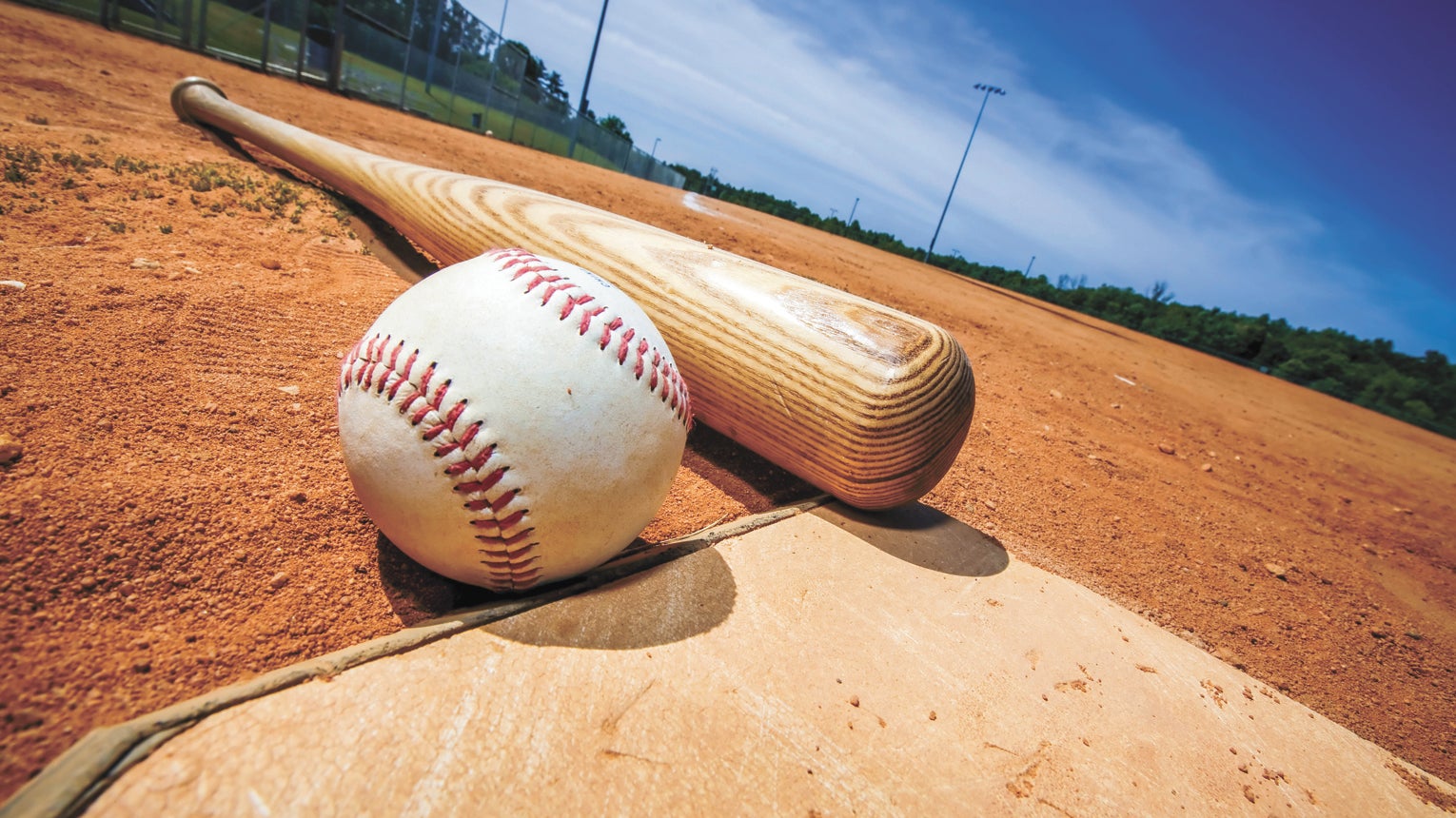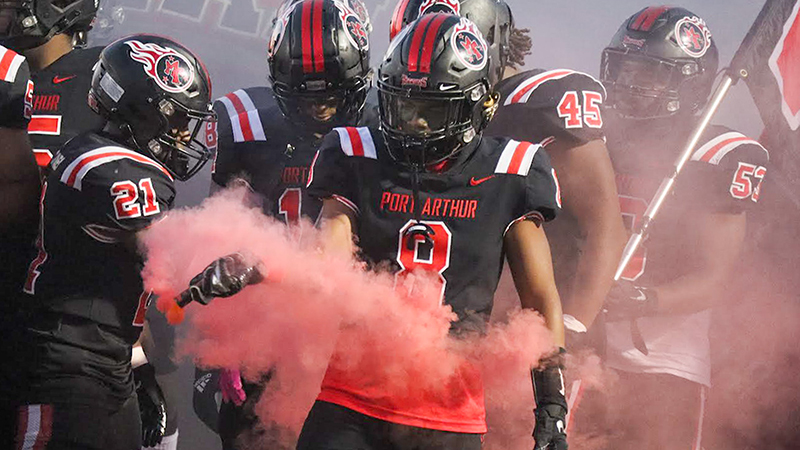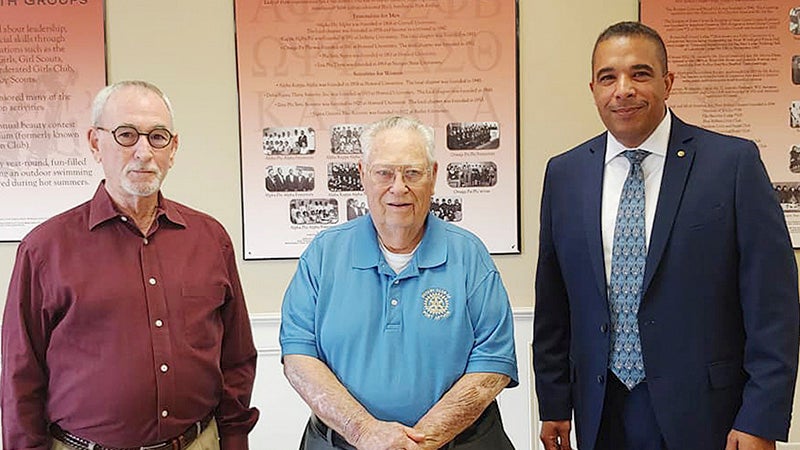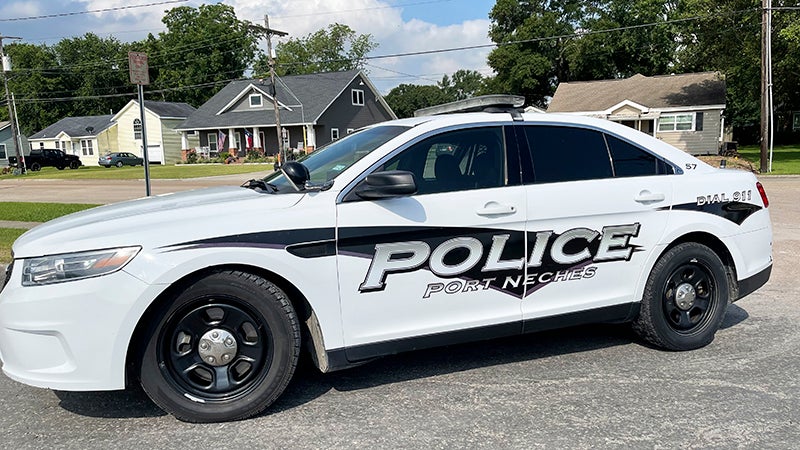Gamble opens up on Evans prior to HOF induction
Published 7:41 pm Thursday, July 24, 2008
EDITOR’S NOTE: The following column from the Best of West collection was originally published in the Port Arthur News on May 5, 1995.
James Gamble is leaving open to debate which of the many outstanding Lincoln basketball teams of the past 25 years was the greatest. But, on the eve of their joint induction into the Texas High School Basketball Hall of Fame, the Bumblebee coaching legend has acknowledged Earl “The Pearl” Evans as the best player he coached.
“I would proudly give him that,” says Gamble, who has always avoided rating players and teams. “I was fortunate to coach many outstanding players, but Earl was the best. He had everything — size, quickness, excellent shooting touch, the ability to handle the ball and he was a tremendous rebounder.”
It is certainly fitting and unique that player and coach are going into the Hall of Fame together Saturday in San Antonio. Not only did they join forces for an awesome three-year run in the early ‘70s, but Gamble played a very important off-the-court role for a young superstar whose life was made most difficult by forces beyond his control.
On the court, the 6-7 Evans was so good it’s inconceivable anybody would dispute Gamble’s assessment of him being the best player during his coaching days at Lincoln.
As one who watched and wrote about Evans, I’d have to take it a step farther. He’s the best high school player ever to come out of Southeast Texas. I can’t think of anybody who would be a close second.
For sure, nobody is close statistically. A starter from his first game as a sophomore, Evans averaged 25.1 points and a staggering 20.6 rebounds in 103 games. After a senior season in which he averaged 28.6 points and 20.1 rebounds, he was voted Texas’ Player of the Year, was named to the Parade All-America team and was rated the nation’s No. 2 schoolboy player behind some kid from Petersburg, Va., named Moses Malone.
About the only feat Evans didn’t achieve as a schoolboy was to lead Lincoln to a state championship. He played during the time of the Wheatley and Kashmere juggernauts and the Bees never could get through the Houston regional.
They probably would have in 1974, but Lincoln’s stellar point guard, Kervin Eli, suffered a career-ending ankle injury in a practice game the week of the regional tournament. A Lincoln team without Eli, and with Evans’ playing time severely curtailed by foul trouble, lost to unbeaten Kashmere by two points in the regional championship game at Hofheinz Pavilion.
Kashmere went on to win a state championship which seemingly wasn’t in the cards for Lincoln.
Gamble wouldn’t claim his first state title until seven years later, with a team that would have been no match for the unlucky 1974 outfit, because nobody on that 1981 team could have defended Evans.
“Earl was a prolific scorer who really couldn’t be stopped,” Gamble recalls. “But he was an even better rebounder. It seemed like he knew where missed shots were going to go.
“He wasn’t strong enough to muscle people around. He was a finesse player and he had a wonderful knack for getting position. He knew where to be to get the ball.”
Evans’ basketball career after he left Lincoln was star crossed. Though he could have played collegiately for most any school in the country, including John Wooden’s UCLA powerhouse, he inexplicably opted to sign with the University of Southern California.
It was a choice that left Gamble mystified. And it didn’t work out.
Though he started for USC as a freshman, Evans was unhappy. A year later he transferred to the University of Nevada-Las Vegas, from whence he would enjoy two productive seasons for Jerry Tarkanian’s Runnin’ Rebels.
He averaged a double-double both years he played at UNLV, and was named the team’s Outstanding Player following a senior season in which he averaged 17.1 points and 10.1 rebounds.
The highlight of Evans’ college days probably came in the post-season Pizza Hut All-Star Classic. Playing head up against Larry Bird, Evans scored 21 points and pulled down 11 rebounds, while holding Bird to 5-of-17 shooting and 17 points. Curiously, Bird was given the game’s MVP award, which didn’t sit well with Abe Lemons, the coach of Evans’ team.
“It didn’t make any sense at all,” fumed Lemons. “On that particular day, Earl was the best player on the floor. He deserved the trophy.”
Evans’ NBA career proved to be brief, partially because of where he landed and partially because of an unwise choice on an agent. Under the NBA rules in existence then, he was drafted by the Detroit Pistons after his junior season. Eligible to go back in the draft after his senior year, he opted instead to sign with Detroit.
It was a costly choice.
The Pistons were a franchise in disarray. They started the season with Dick Vitale as head coach. Yes that Dick Vitale. But Vitale was fired after a 4-8 start and replaced by Richie Audabato who was fired after finishing the season 16-66.
Evans, who had the misfortune to suffer a severe ankle injury the day before the pre-season opener, never became acclimated, got caught up in a vicious power struggle between the veterans and the Pistons five rookies and was cut the next year.
It was to be the end of the line for Evans as a basketball player. He returned to Port Arthur, worked for a time in construction at Texaco and now lives in San Antonio. To this day, Gamble doesn’t know exactly what went wrong in Detroit because Evans never discussed it with him.
What Gamble does know for sure is Earl “The Pearl” was No.1. The Texas Association of Basketball Coaches agrees because Evans’ selection to the Hall of Fame means he was chosen above everybody else who played in the decade of the ‘70s.
Sports editor Bob West can be e-mailed at rdwest@usa.net. His Sportsrap radio show airs Mondays at 8:05 p.m. on KLVI radio (560-AM)





